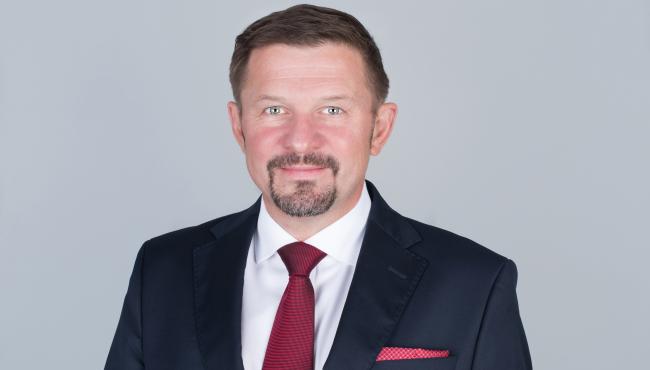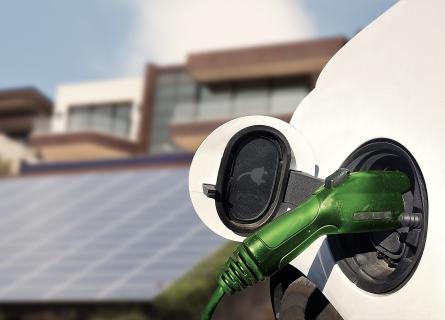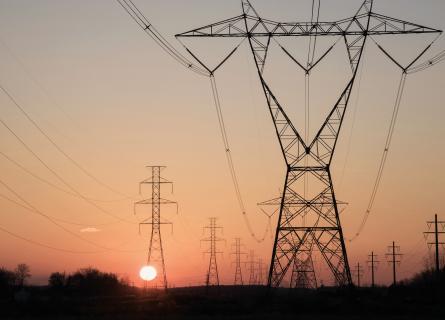
Accelerated Growth in EV Charging Infrastructure Investment: A Focus on Europe
In 2022, institutional and corporate investments in electric vehicle (EV) charging infrastructure surged, with a particular emphasis on Europe, driven by the promising trajectory of profitability.
The investments in EV charging infrastructure witnessed an impressive uptick, reaching $8.3 billion for the year. Most (77%) of these investments were directed toward the European market.
The adoption of EVs is rapidly gaining momentum across Europe as part of the global effort to combat climate change. Presently, EVs constitute 1.7% (5.8 million) of Europe's total fleet, and new registrations in 2022 displayed an impressive 21.5% being electric. Norway stands out for its remarkable EV sales, boasting an adoption rate of approximately 80% in 2022, with an electrified fleet of ~20%. This trend is anticipated to persist, with the EU27 projecting an impressive CAGR of 33% - 35%, resulting in a total electric fleet of 56 million EVs by 2030.
To accommodate this rapid growth in EVs, investments are inevitable to establish an adequate charging infrastructure. The growth in number of chargers in the coming years will heavily rely on evolving charger technology. AFRY estimates a CAGR of 21% for the overall EV charging infrastructure from 2023 (630,000) to 2030 (2.4 million).
For EV drivers, convenience is a primary criterion in choosing a charger to avoid lengthy detours or extended waiting times. With the advent of faster-charging technologies, the share of Direct Current (DC) and High-Power Charging (HPC) is projected to increase to approximately 20%.
Investors seeking to make investments should carefully consider the following key factors, that are essential for Charge Point Operators (CPO) to succeed:
Securing Ideal Locations:
- Identifying locations with high traffic volumes, desirable amenities (such as toilets, café, or shopping opportunities), and efficient grid connections is crucial.
- Required grid expansion leads to increased installation costs and increased lead times, often of several months or even years.
- Streamlining the installation and permitting processes is vital, aiming to shorten the timeframe.
Revenue Optimisation:
- Balancing tariffs against costs and competition is essential.
- Additional revenue streams should be explored, such as advertising, parking fees, energy management, and greenhouse gas quota trading, to enhance overall profitability.
Cost Optimisation:
- Many countries offer CAPEX and OPEX subsidies that can significantly reduce costs.
- Incorporating stationary battery storage can reduce extensive grid expansions with their associated costs and lead times. These batteries can also offer additional revenue opportunities.
- Directly connecting to Renewable Energy Sources (RES) where possible lowers operational energy costs.
Customer Satisfaction:
- A premium charging experience fosters customer loyalty and ensures repeat business, considering factors like availability, charging speed, and app compatibility.
- Extensive coverage across regions enhances visibility and brand recognition.
- Reducing waiting times, facilitated by high-power and destination charging options, further contributes to customer satisfaction.
AFRY has a wealth of expertise and advanced internal models for projecting EV fleet and infrastructure, including methodologies to assess the attractiveness of locations and usage trends. We possess the capacity to assess a wide spectrum of business models and infrastructure within the EV sector. These cutting-edge tools and models have been meticulously tested and successfully implemented in various recent CPO transactions, along with various advisory projects of strategic importance for investment funds, energy companies, CPOs, regulators, and vehicle manufacturers.
If you would like to discuss things further, please reach out to Steffen Schaefer, Paritosh Thakur or Matthias Laue.






